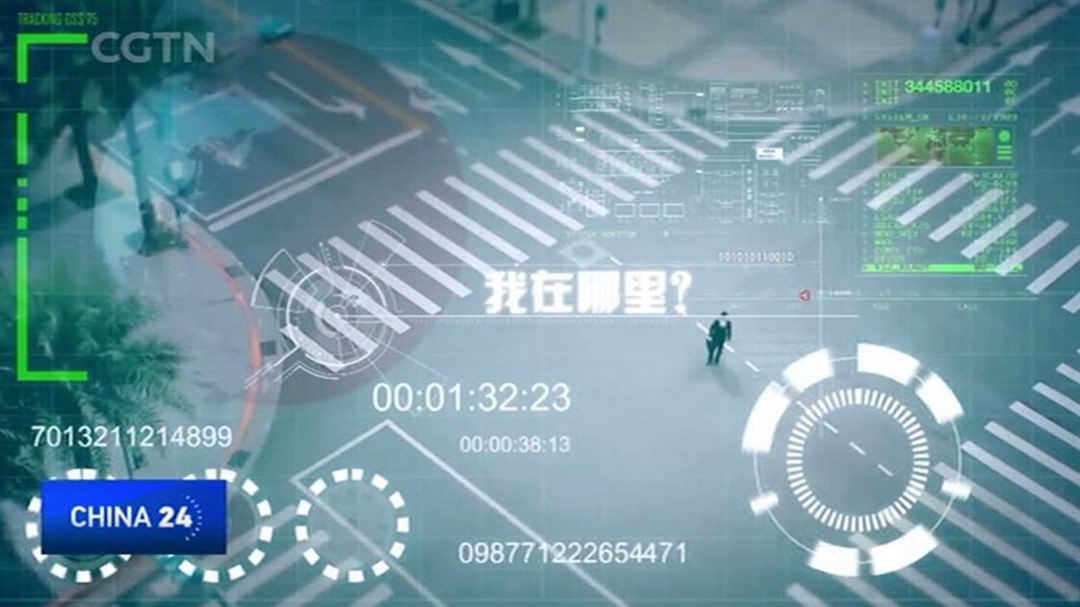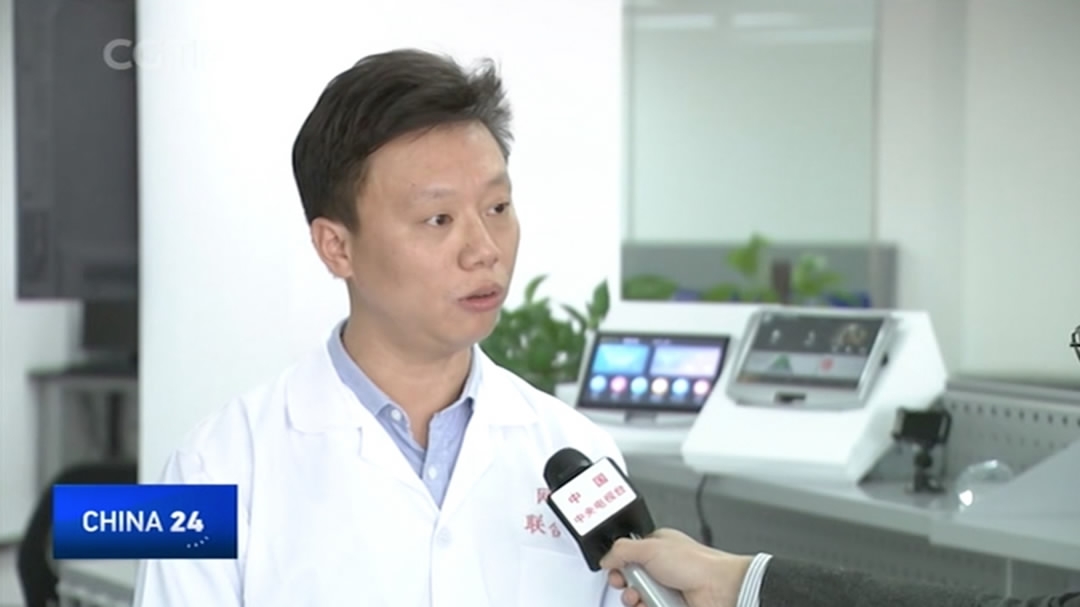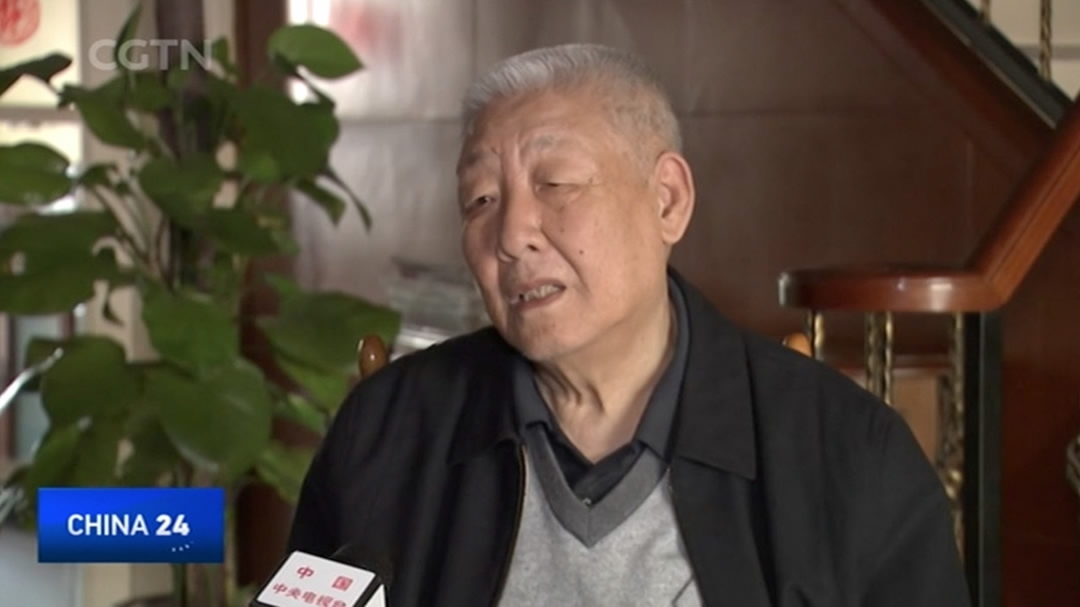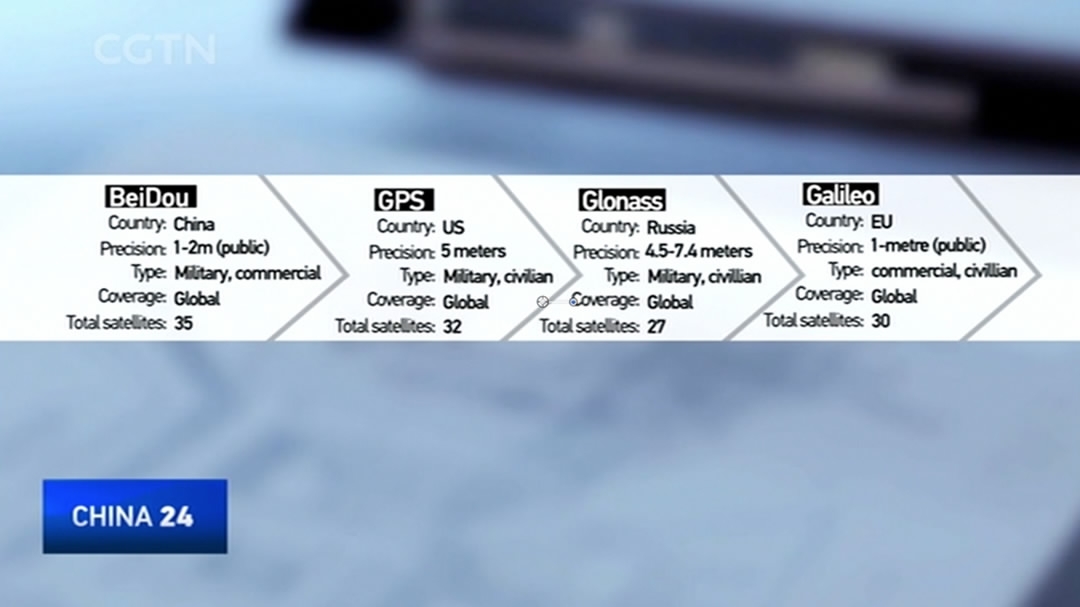By CGTN’s Michael Butterworth
China’s domestically-produced satellite navigation system BeiDou is said to have made significant progress in terms of its accuracy. At a press conference on Tuesday, BeiDou engineers claimed that a new accurate positioning chip can now help users arrive at their destinations with an error margin of just one to two meters.

CGTN Photo
The release of the new chip from BeiDou made it possible to improve positioning accuracy up from 10 meters to within one to two meters, and distinguish the difference between a major highway and a side road.
“For users, there are two big improvements. One is the time the system takes to process your journey. This is down from 30 seconds to just 3 seconds. The second improvement is the position accuracy. The system can now tell if the car is on the main road or side road,” said Li Xueli, an engineer of BeiDou.

Li Xueli, an engineer of BeiDou./CGTN photo
BeiDou estimates that its satellite navigation system will be installed in over 10 million Chinese cars this year.
In addition to the automotive industry, BeiDou also says that its technology will soon be applied to many other sectors including city management, transportation regulations and elderly care. BeiDou is also keen to talk up its expansion plans.
“It is estimated that by 2018, around 18 satellites will be launched, and the global network will more or less be built up. By 2020, over 30 satellites will have been successfully launched, and our BeiDou Navigation Satellite System will cover the world,” said Sun Jiadong, a Chinese rocket scientist.

Sun Jiadong, a Chinese rocket scientist./CGTN photo
In addition to BeiDou, there are three other global satellite navigation systems currently in operation.

CGTN Photo
GPS is from the US, Glonass is Russia's system, and Galileo is a collaborative effort from EU countries.
BeiDou's step forward on positioning accuracy shows the company's determination to challenge the dominance of the other three, all the while showcasing the quality of China's research and development.
(Edited by Wang Siwen)









